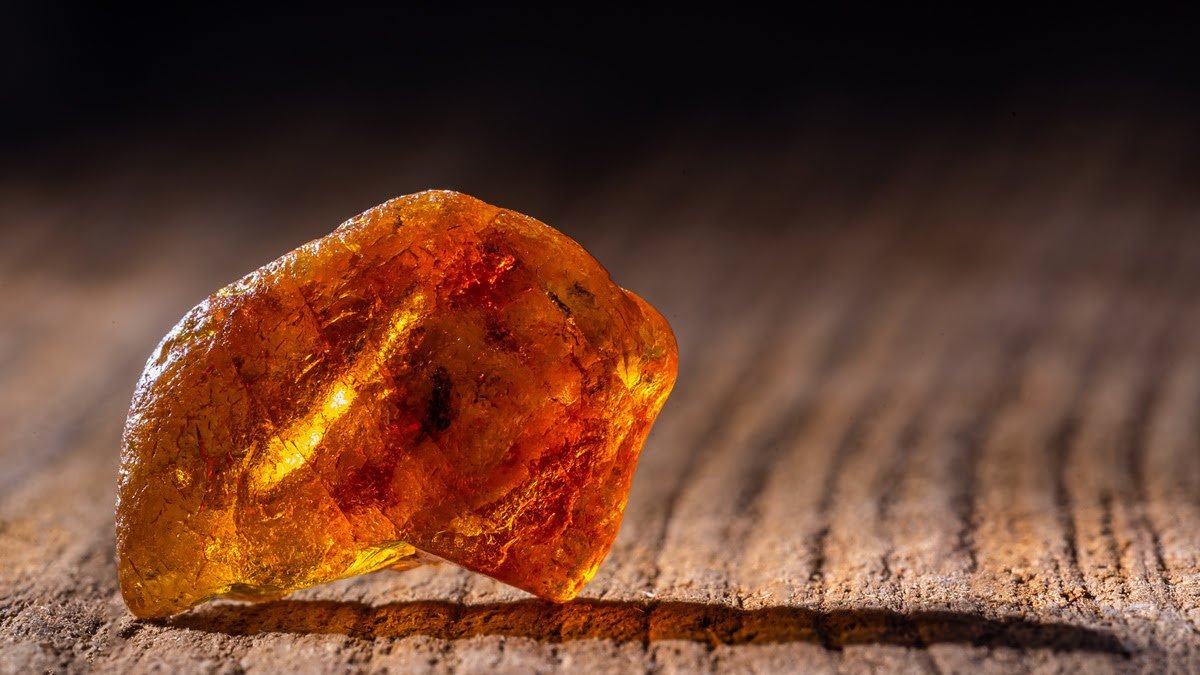We have all wondered this since our childhood: can dinosaurs be resurrected? As much as technology has advanced, the possibility does not seem so far-fetched. Is it possible to bring back the dinosaurs?
The popular notion of dinosaur resurrection through DNA recovery is now known to be impossible. DNA degrades rapidly over time and the non-avian dinosaurs went extinct 66 million years ago. Scientists propose a cap to the maximum age of DNA recovery at 2.6 million years.
Does that settle it then? First, let’s look into the concept of extracting DNA from fossilized amber. Next, we’ll look into potential alternatives. I’ll suggest a probable de-extinction that may be on the way. Keep reading.
Amber Extraction is a Faulty Premise
Most dinosaur nerds will be familiar with the premise behind the Jurassic Park books and movies. In a nutshell, scientists unearth amber that contains fossilized mosquitoes, extract dinosaur DNA from the insects’ guts, and use the DNA to build dinosaurs.
The first Jurassic Park movie describes this process beautifully in the following scene:
To understand this premise behind Jurassic Park, a bit of historical context is needed. Michael Crichton, the author of Jurassic Park, wrote the book in 1990 after some exciting developments in biology: scientists had recently discovered a method for studying DNA called Polymerase Chain Reaction, or PCR.
Soon after its discovery, scientists used PCR to study DNA from fossils. To their surprise, they found viable DNA from these fossils!
There seemed nothing that PCR couldn’t do, and it was surely only a matter of time until dinosaur DNA was discovered and used to make more dinosaurs. Or so they thought.
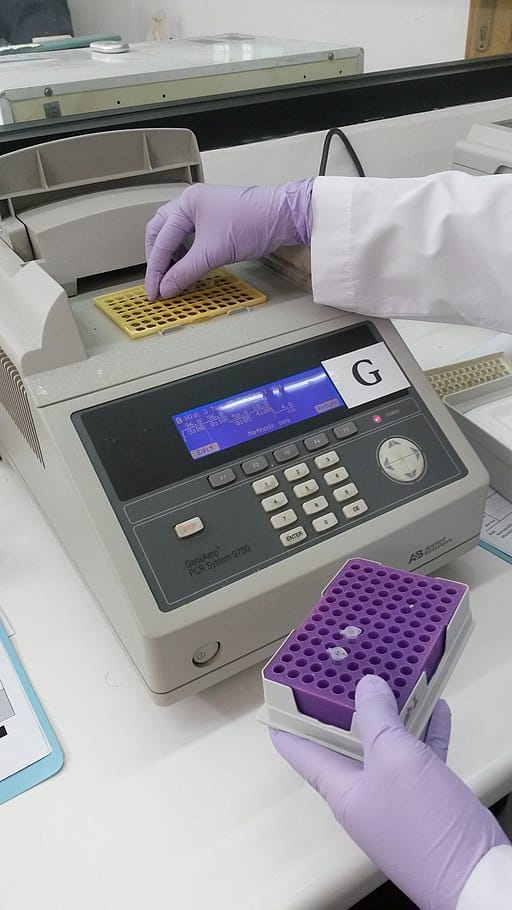
At the time, scientists did not realize that PCR was prone to contamination from outside sources. As a result, when they tried to study DNA from fossils, they were unwittingly studying DNA from other sources that fell into their samples.
In one study, for example, scientists thought that they isolated DNA from 80-million-year-old dinosaur bones. The DNA that they extracted, however, eventually turned out to be a human Y-chromosome. Oops.
Indeed, scientists now know that DNA does not last very long at all. The oldest DNA recovered so far is 1.2 million years old. If you’d like to learn more about this DNA recovered from a Woolly Mammoth, here’s a great article by USA Today.
Scientists estimate that DNA as old as 2.6 million years may someday be recovered. Finding DNA older than that seems virtually impossible.
Ironically enough, amber itself also turns out to be a poor environment for preserving DNA. It destroys DNA trapped within it.
Thus far, scientists have managed to find insect DNA from 6-year-old tree resin. They have yet to discover the limit to how long resin or amber will preserve DNA, but the limit will likely be very low.
For more information on DNA extraction, I think you’ll find this article from New Atlas interesting.
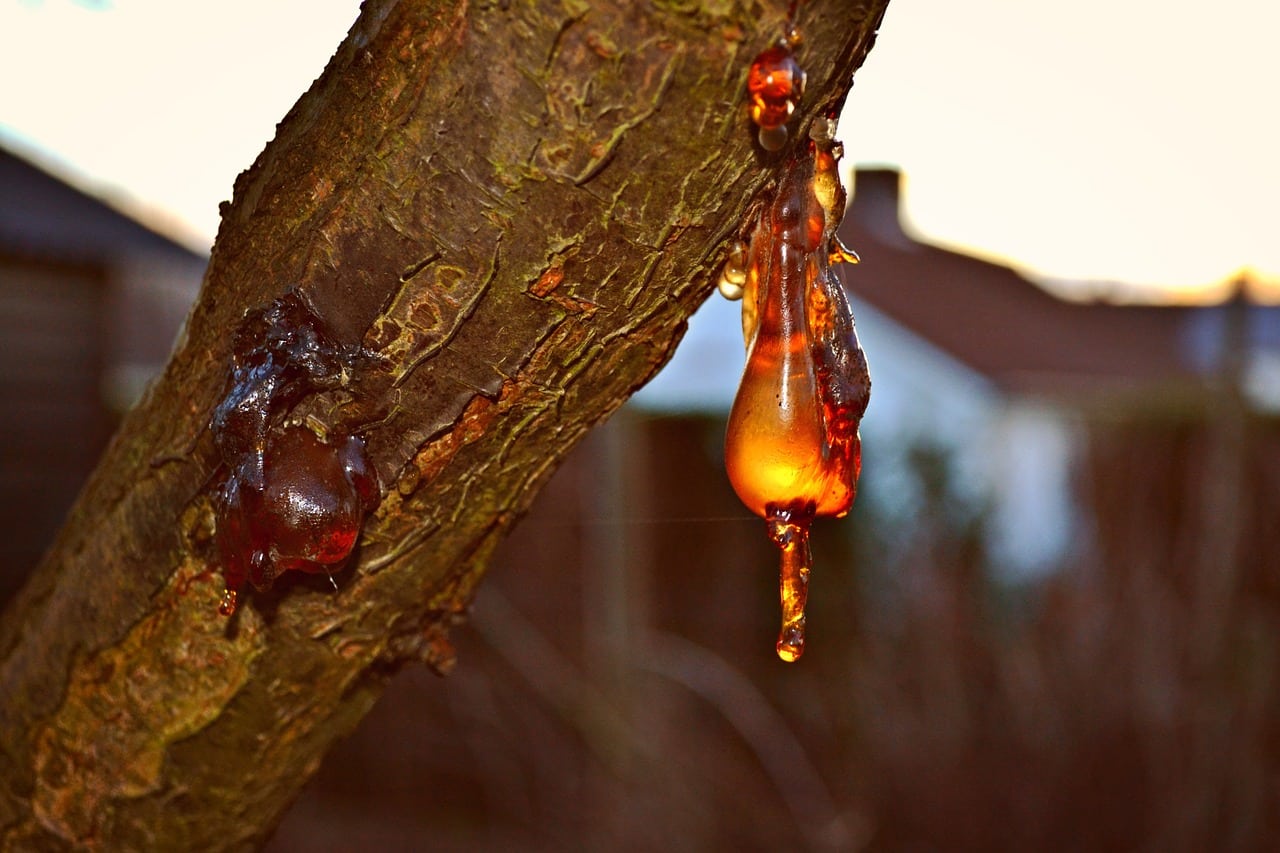
Given these time constraints, consider that the youngest non-avian dinosaurs are about 66 million years old. The oldest dinosaurs, from the Triassic Period, could be as old as about 250 million years.
This means that scientists estimate that, at best, they could only find DNA that’s about 4% as old as the youngest non-avian dinosaurs. With no DNA, there will be no dinosaurs and no Jurassic Park.
Curious to know how old these remains are? We have another article that breaks down how scientists determine the age of fossils.
What About Proteins?
So, what about proteins? Proteins are made using information encoded in DNA. If dinosaur proteins could be discovered and ‘reverse-engineered,’ then scientists could discover dinosaur DNA, right?
Technically, yes, scientists could figure out dinosaur DNA from their proteins. Indeed, proteins usually last much longer than DNA.
For reference, the oldest dinosaur proteins yet discovered are 195 million years old. That’s over 160 times as old as the oldest DNA yet discovered!
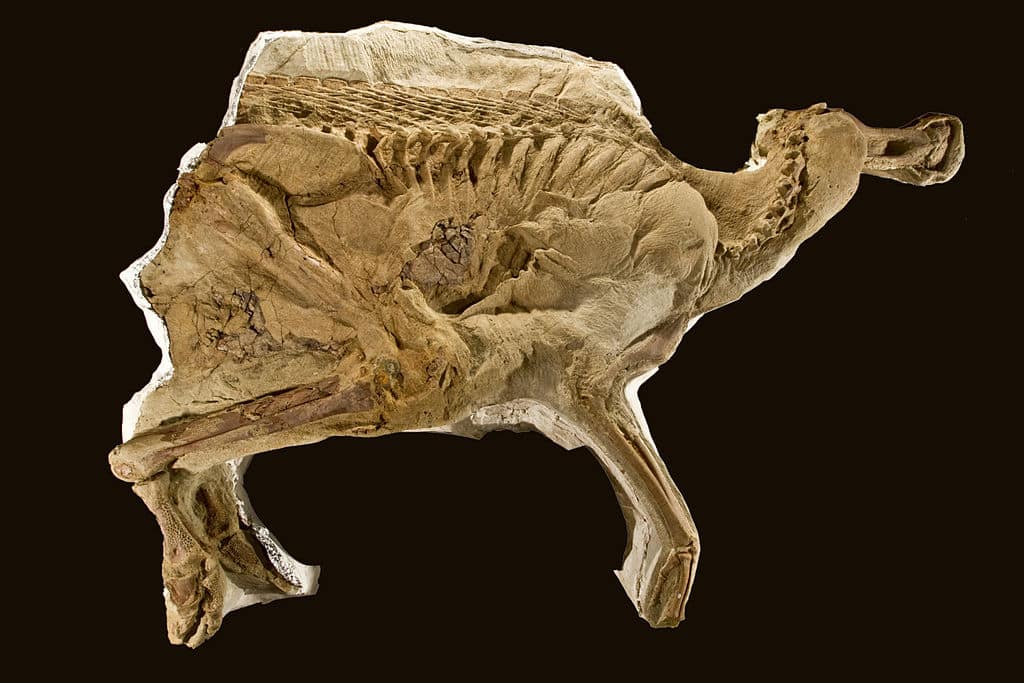
Even so, proteins have yet to be discovered from the oldest dinosaurs. Furthermore, the sections of DNA responsible for proteins make up a fraction of an organism’s entire genome. So even if every type of an organism’s proteins were discovered and reverse-engineered, much of its genome would remain a mystery.
What are the oldest proteins ever discovered? They come from 195 million-year-old dinosaur ribs. Check out this article from industrytap.com for more on this story.
Ultimately, sequencing proteins is extremely difficult and there’s no guarantee that proteins can even be reverse-engineered in the first place. As such, proteins, unfortunately, can’t give scientists the information needed to build dinosaurs either.
Other Challenges to Building a Dinosaur
In addition to the challenges outlined above, other logistical nightmares would also wreak havoc with attempts to resurrect dinosaurs.
For example, gestational factors greatly impact how an organism forms and develops in addition to the information included in its DNA. These may include chemical, hormonal, dietary, cellular, or other traits.
Scientists would find it extremely difficult to perfectly replicate the conditions that would occur during a dinosaur’s gestation due to the complexity of gestation itself. Furthermore, no modern animals exist that could serve as an ideal surrogate mom for a developing dinosaur.
This leads to the next question: what extinct animals could have surrogate mothers?
Are Recent Extinctions a Better Option?
Dinosaurs are not the only animals that scientists have considered resurrecting. Thylacines, Passenger Pigeons, Woolly Mammoths, and others have all been proposed as candidates for resurrection.
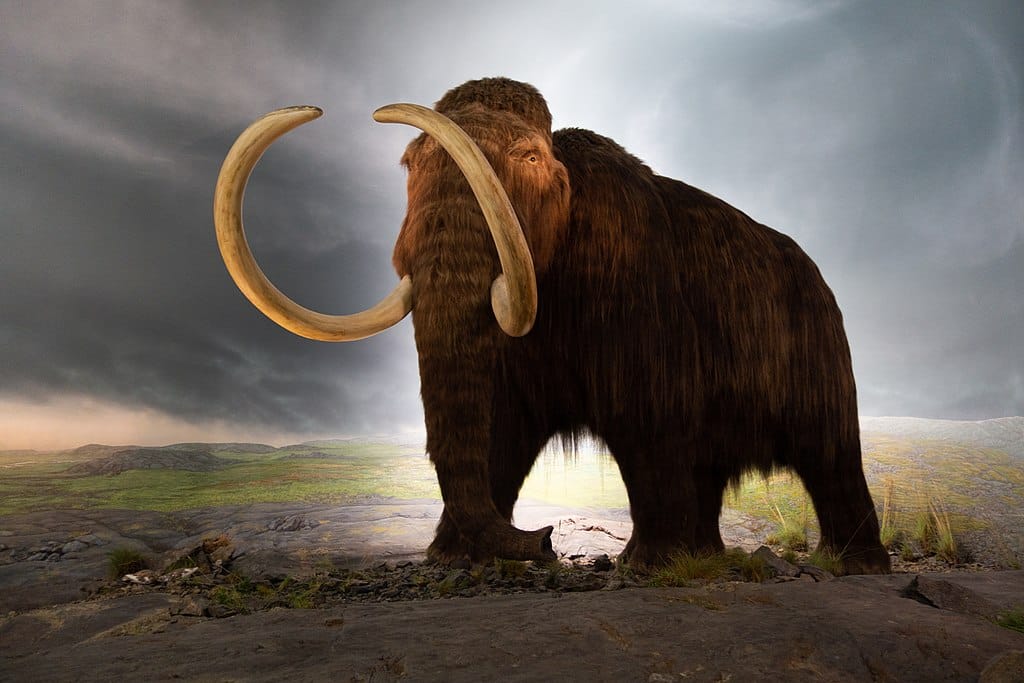
Indeed, unlike non-avian dinosaurs, animals that recently went extinct have much better chances of being resurrected. They enjoy these improved chances because they avoid many of the pitfalls associated with dinosaurs and their great age.
Consider the Woolly Mammoth. Unlike dinosaurs, Woolly Mammoths died recently enough that scientists can obtain their proteins and, even better, their DNA. Even so, the DNA is usually heavily damaged, but damaged DNA is infinitely better than no DNA at all.
Meet Lyuba, a mummified baby Woolly Mammoth pictured below. Specimens like her are important to helping scientists find Woolly Mammoth DNA.
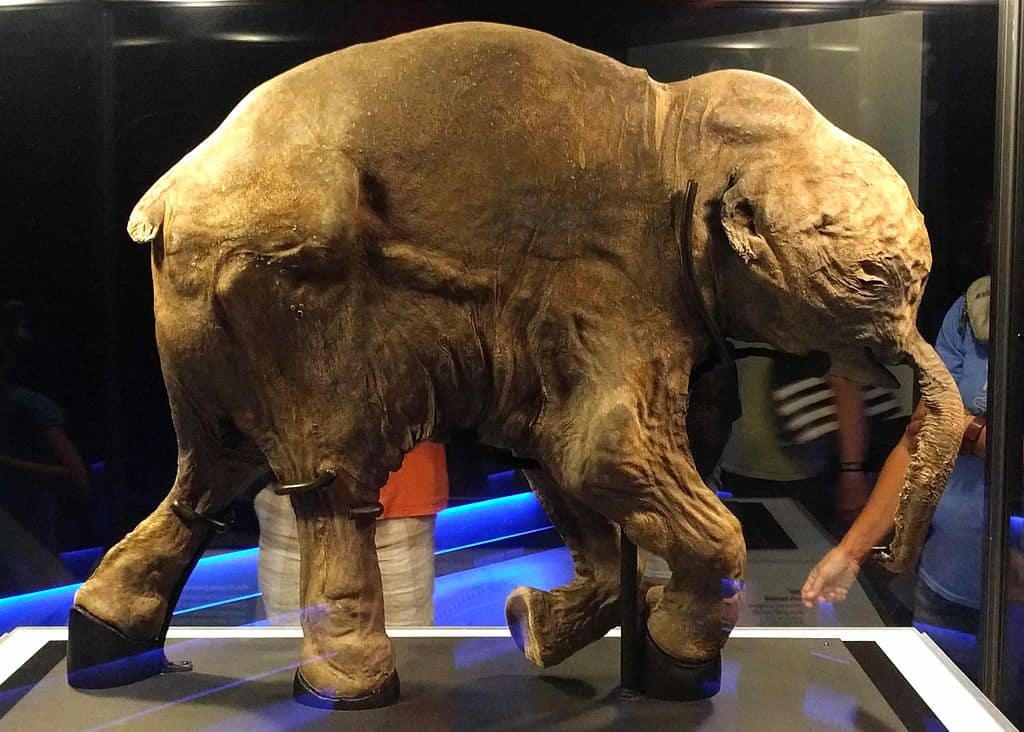
Furthermore, scientists have two potential candidates for surrogate mothers for a resurrected Woolly Mammoth: the Asian or African elephant. Consider the one pictured below:

This Asian Elephant enjoys a safe existence at an Elephant reserve in Thailand. Her close evolutionary relationship with Woolly Mammoths might give her the ability to be a surrogate Woolly Mammoth mom.
Given the above, some people believe that it’s only a matter of time until the Earth once again has Woolly Mammoths walking upon it. Many scientists around the world are even working on resurrecting Woolly Mammoths right now.
Can Dinosaurs be Resurrected?
Jurassic Park was based on the faulty premise that fossils could contain millions of years old DNA. Scientists believed that fossils could contain DNA this old due to sample contamination.
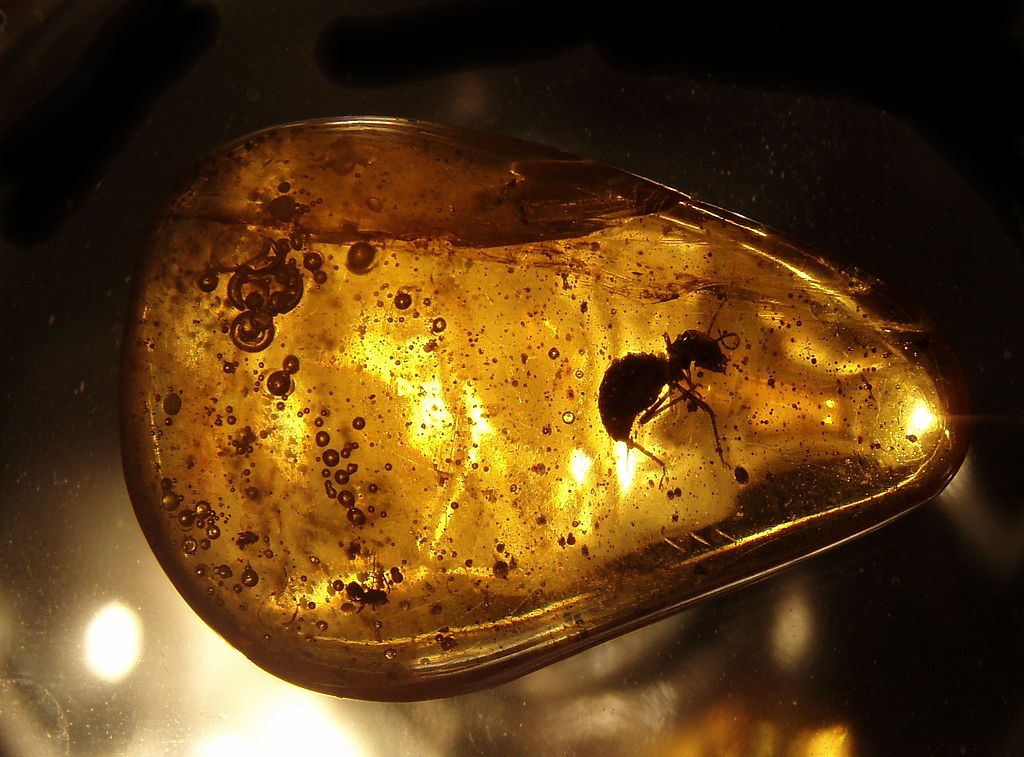
Due to the limitations of DNA preservation, scientists will never recover dinosaur DNA, and they will therefore be unable to resurrect dinosaurs. Even if they had dinosaur DNA, however, a host of other logistical challenges would make it extremely difficult to resurrect dinosaurs.
Although dinosaurs remain impossible to resurrect, other animals may be able to be resurrected. Woolly Mammoths make one excellent candidate, and scientists around the world are working on turning this dream into a reality.
If you’re ready for some speculative humor, take a look at my article on the cost of building Jurassic Park. I go into detail about how massive of an undertaking building this theme park and zoo would be in real life.
If you find this topic interesting, please share it with others. Leave us a comment on which extinct animals you’d be most excited to see brought back to life.

